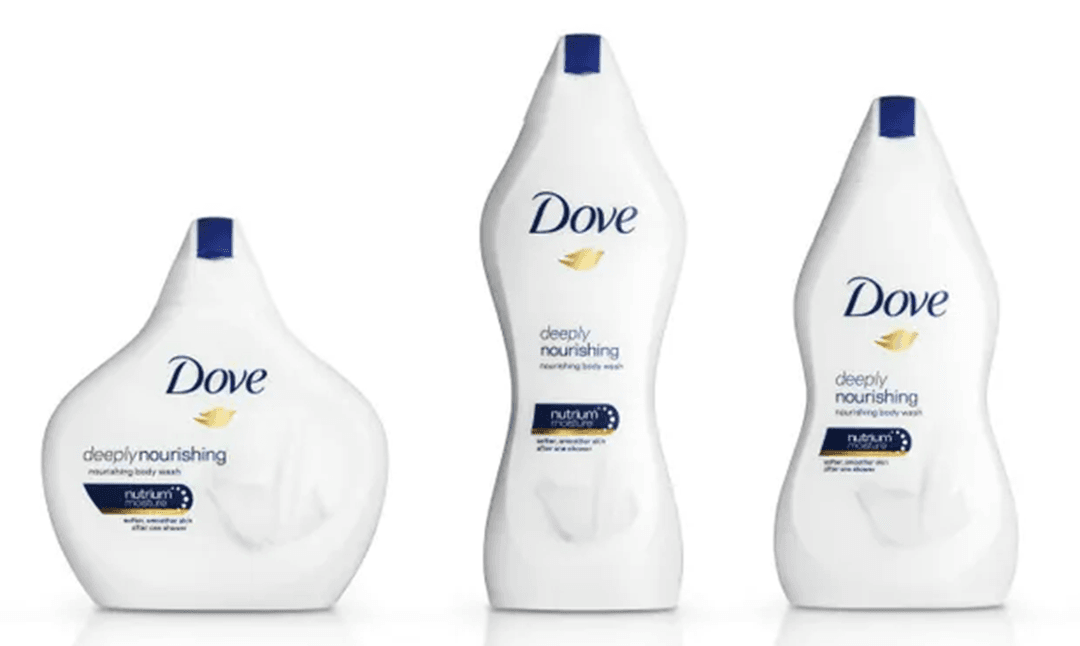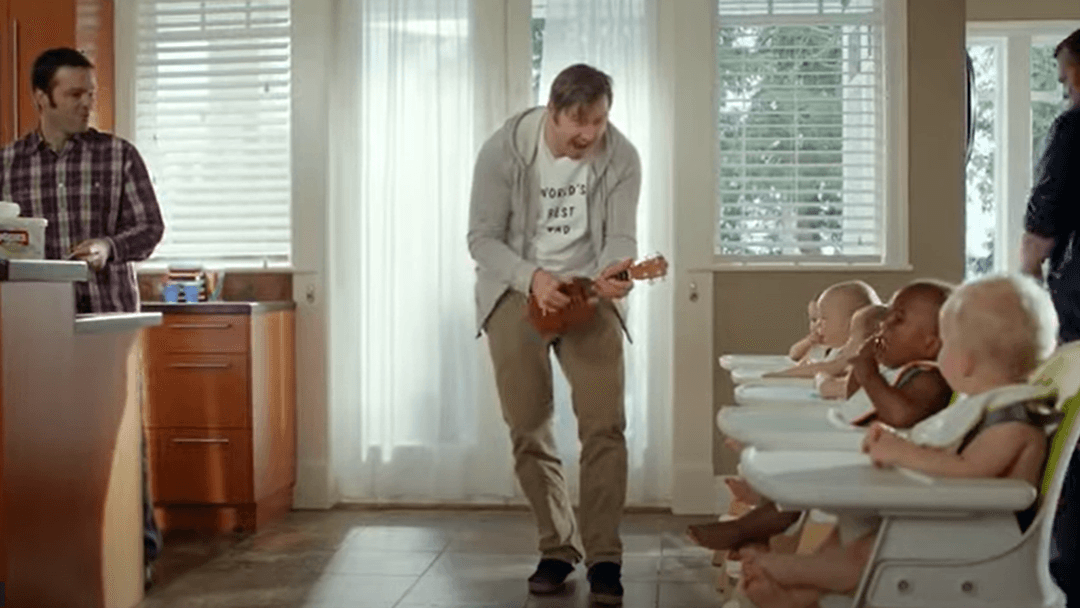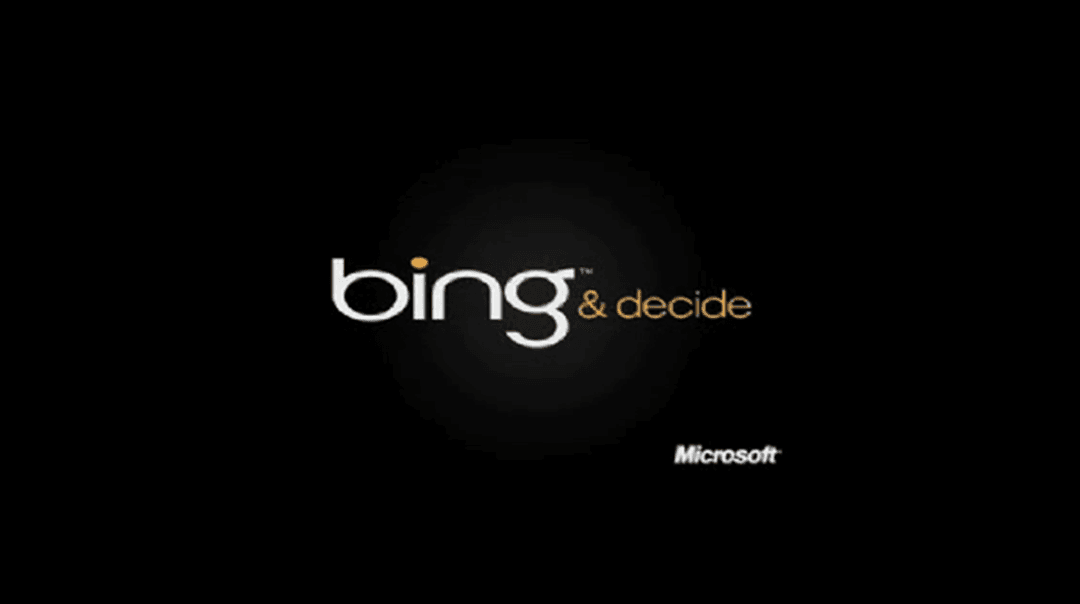Business News Daily provides resources, advice and product reviews to drive business growth. Our mission is to equip business owners with the knowledge and confidence to make informed decisions. As part of that, we recommend products and services for their success.
We collaborate with business-to-business vendors, connecting them with potential buyers. In some cases, we earn commissions when sales are made through our referrals. These financial relationships support our content but do not dictate our recommendations. Our editorial team independently evaluates products based on thousands of hours of research. We are committed to providing trustworthy advice for businesses. Learn more about our full process and see who our partners are here.
7 Cringe Marketing Fails to Learn From
Don't make the same mistakes as the brands behind these cringe-worthy marketing fails.

Table of Contents
Though teams invest significant time and effort into marketing campaigns for months before they go live, some completely miss the mark. Maybe a campaign’s message becomes misinterpreted, the tone makes light of a serious social issue or an honest mistake turns into an embarrassing viral video. To avoid these mistakes in your own business, here are some of the most cringe-worthy marketing failures that big brands have suffered through and what you can learn from them.
2. Dove’s ‘body positivity’ packaging raises body image questions.

In 2017, the Unilever brand Dove sold body wash with limited-edition Real Beauty Bottle packaging in the U.K. The TV spot that announced packaging, which was designed to resemble different female body types, reminded buyers to “celebrate the many shapes and sizes of beauty.” Packaging came in six varieties and failed miserably after release.
Dove rarely fails to convey a message of body positivity, as it’s been the brand’s theme and vision for more than 15 years. Unfortunately, this well-intentioned campaign’s message communicated the opposite of what it wanted to do. The Real Beauty Bottles acted as a proxy for the buyer’s own body, forcing them to confront what is often a very difficult internal struggle with body image for many. Does the buyer choose the bottle they think they are or the one that is their ideal body type? Should they feel poorly about their body image and the bottle they chose?
While Dove was left to do some damage control from the backlash, the brand’s well-respected image and loyal customer base ensured this failure didn’t sink the company.
The Lesson: Not every product needs to categorize your customers or remind them of their potential insecurities, even if the intention is to help embrace them. Sometimes functionality is better than kitschy segmenting.
3. Huggies makes fun of fathers.

In 2012, Huggies marketing failed hard with “The Dad Test.” The multichannel campaign pitted fathers against their children’s dirty diapers. One campaign spot stated, “To prove Huggies diapers and wipes can handle anything, we put them to the toughest test imaginable: dads, alone with their babies, in one house, for five days, while we gave moms some well-deserved time off. How did Huggies products hold up to daddyhood? The world is about to find out.”
Huggies hinged its campaign on the incorrect stereotype that dads, the “dunces” of the family, would struggle to take care of their children without their partners around. Not only did it make fun of fatherhood, but it also ostracized same-sex couples with two fathers, as well as single parents. The backlash from dad bloggers pointed out the ridicule. One father commented, “It seems to me they’re hoping for comments like ‘Huggies diapers are so good, even dad can use them.'”
In the end, Huggies issued a half-hearted apology that reiterated the message it tried to get across: spotlighting real dads and their kids putting Huggies products to the test.
The lesson: If your message is fun or lighthearted, ensure it’s inclusive too. Consider all the people who use your product or service, and ensure messaging doesn’t lean on stereotypes to work.
4. Airbnb sends ‘Floating World’ email during a massive hurricane.

Airbnb’s “Floating World” email marketing campaign suffered horrible timing in 2017 as Hurricane Harvey pounded Houston, Texas. In an ill-timed email marketing campaign, Airbnb advertised water-themed homes and attractions like houseboats and waterfall slides, promising ways of “how to spend a day – or entire trip – without touching dry land.” Other headlines included “Stay above water” and “Live aquatic life with these floating homes.”
While the public didn’t widely condemn the brand, those affected felt it was insensitive and took to Twitter to call out the brand’s mistake. Airbnb apologized, stating, “The timing of this email marketing campaign was insensitive and we apologize for that. We continue to keep everyone affected by Harvey and all the first responders and their families in our thoughts.”
Unlike other brands, Airbnb has built disaster relief into its brand, often activating a disaster relief program that connects displaced people and emergency workers with local hosts who offer their homes for free.
The lesson: While marketing teams can’t anticipate or avoid natural disasters, know what messages are running – and where – to enable quick pivoting. In addition, having a strong corporate social responsibility program can lessen a mistake’s impact.
5. Bing attempts to ‘verb’ itself.

When internet users think of a search engine, they think of Google. Conversations often start with “I Googled the address” or “Can you Google that?” In the early 2010s, Bing attempted to get in on the search engine-turned-verb action, encouraging users to “Bing and decide.”
It didn’t stick.
The campaign to overtake Google as the top search engine failed miserably, with users and even Microsoft employees refusing to adopt the awkward phrase in casual language. To make matters worse for Microsoft, the company continued the campaign for a bit. When it finally gave up, it chalked it up to failed marketing rather than a poor initial idea.
Over a decade later, Microsoft’s Bing remains a powerful search engine. Globally, it trails Google with the second-highest market share in the search engine market: 3% compared to Google’s 92.5%.
The lesson: Focus on your unique value proposition, and avoid copying competitors’ messaging. It can painfully backfire, leaving you farther behind your competition than when you started.
6. Audi compares women to used cars.

In 2017, German car manufacturer Audi released an ad with the used-car division of its joint venture in China. In the advertisement, a bride and groom stand ready to get married when the groom’s mother halts the wedding to aggressively inspect the bride’s body – pinching her nose, ears and lips. The mother then gives an A-OK hand gesture but drops her face as she sees the bride’s chest sigh in relief. The ad immediately cuts to an Audi driving on a highway, with a voiceover stating, “An important decision must be made carefully.”
Unsurprisingly, Audi faced massive backlash for the ad that compared women to used cars, with many critics calling out the sexist undertones of the commercial. After the commercial aired, it became a trending topic, with nearly 200,000 views on Weibo (China’s version of Twitter). Audi apologized profusely and withdrew the commercial.
In an email to The Washington Post, Audi spokesman Moritz Drechsel said, “The ad’s perception that has been created for many people does not correspond to the values of our company in any way. The responsible department of the joint venture has arranged a thorough investigation of the internal control and coordination processes so that an incident like this can be excluded in the future.”
The lesson: Drawing humorous parallels from products to product users is tricky to get right. If you’d like to use a comparison, pilot the message with the audience you’re highlighting in the message to ensure clarity and inclusivity.
7. Susan G. Komen ‘breaks up’ with Planned Parenthood.

For foundations like Susan G. Komen, cause marketing seems easy enough with its built-in values and near-global reach. However, in 2012, the foundation publicly stopped funding a cause that it has supported since 2005: Planned Parenthood’s breast cancer screenings.
The negative uproar was immediate and swift, placing Komen’s value for comprehensive women’s health under a microscope. Instead of releasing a clear statement, Komen seemed to sidestep the issue by citing a new internal rule, refusing to respond to critics and blaming Planned Parenthood’s investigation from Congress for the split.
The lesson: Understand the impact partnerships have on your business, especially if the partnership is with a cause-driven organization your target audience cares about. If and when you need to break ties, strategize a transparent communication plan to lead the narrative instead of reacting to it.
Learning from big brands’ mistakes
Marketing trends come and go, and what’s viral today may be forgotten in a few weeks’ time. However, careful planning and consideration of your audience’s reaction to your campaigns is a timeless strategy that will help you avoid backlash like the brands listed above received.
As you develop your marketing materials, it’s wise to test your ideas with a small sample audience, whether it’s a colleague in another department or a formal focus group from your target demographic. Either way, getting an outside perspective on your team’s creative assets can help you spot potential issues and misinterpretations before they make (negative) headlines.




